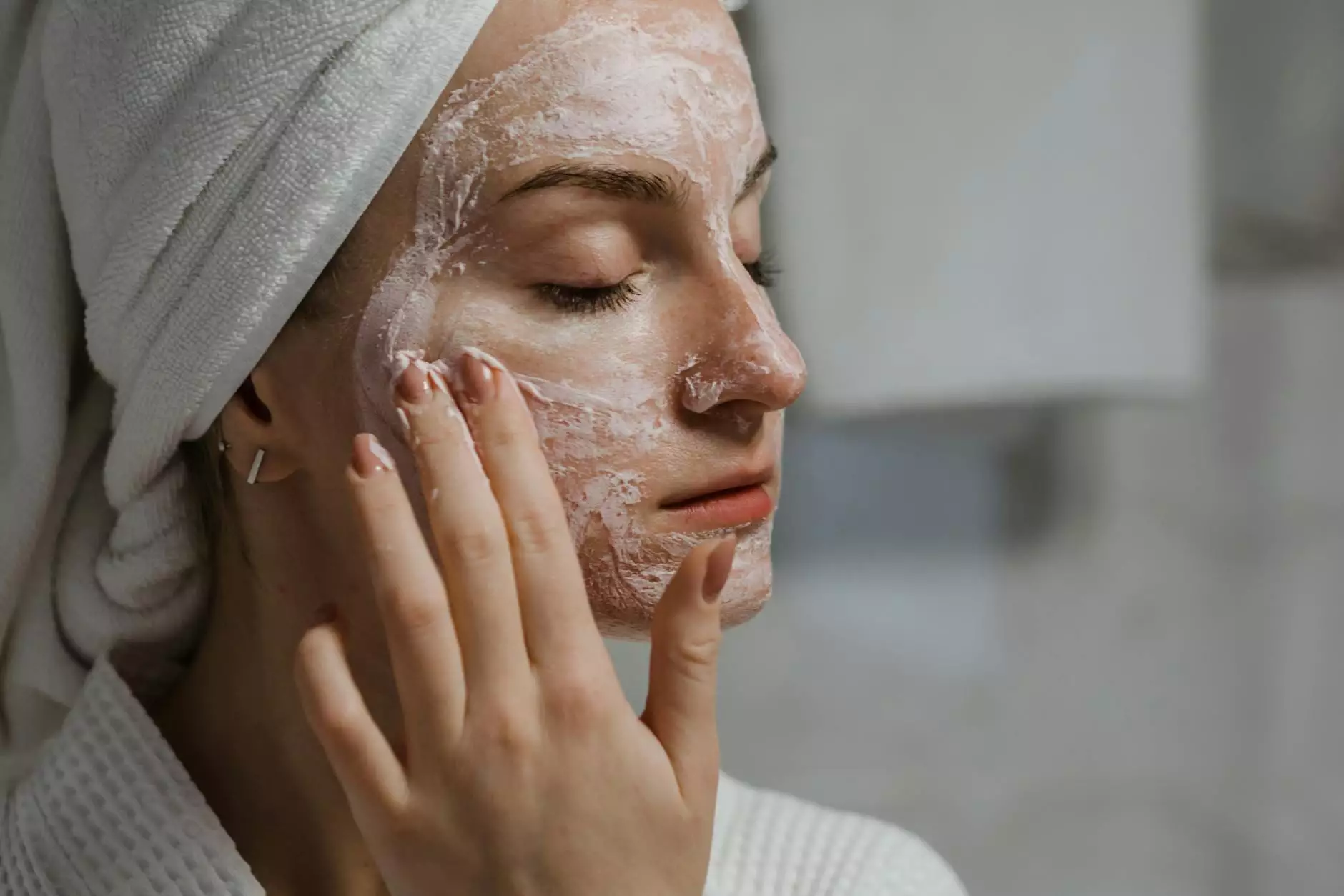Understanding Dark Spots on Legs and Feet: A Comprehensive Guide

Dark spots on legs and feet can be a source of concern for many individuals. These spots, often referred to as hyperpigmentation, can appear for various reasons and may impact one's confidence and overall skin health. In this comprehensive guide, we will delve into the causes, risk factors, treatment options, and preventive measures associated with dark spots on legs and feet. Our objective is to provide you with insightful knowledge that can help you manage your skin effectively.
What Causes Dark Spots on Legs and Feet?
The appearance of dark spots on the skin can result from a variety of factors. Understanding these causes is crucial for effective treatment. Here are some prominent reasons why these spots may develop:
- Sun Exposure: Prolonged exposure to sunlight can lead to the production of excess melanin, resulting in dark patches.
- Age: As we age, our skin undergoes changes, and the likelihood of developing age-related spots increases significantly.
- Skin Injuries: Previous injuries, including cuts, burns, or insect bites, can leave behind dark spots as part of the healing process.
- Hormonal Changes: Hormonal fluctuations, particularly in women during pregnancy or menopause, can trigger hyperpigmentation.
- Medical Conditions: Certain conditions like diabetes or liver disease may manifest in the skin as dark areas.
- Medication Side Effects: Some medications can increase skin sensitivity to sunlight, leading to dark spots.
Other Risk Factors for Dark Spots on Legs and Feet
In addition to the primary causes, several risk factors can elevate the likelihood of developing dark spots:
- Skin Type: Individuals with fair skin are more prone to sun damage, increasing the risk of dark spots.
- Genetics: A family history of hyperpigmentation can predispose individuals to similar skin issues.
- Lifestyle Choices: Poor dietary habits, smoking, and excessive alcohol consumption can adversely affect skin health.
- Skin Care Products: Using harsh chemicals or products not suited for your skin type may contribute to uneven pigmentation.
Signs and Symptoms of Dark Spots
Identifying dark spots is relatively straightforward, but it's essential to differentiate them from other skin conditions. Here’s what to look for:
- Color: Dark spots can appear as brown, black, or gray patches on the skin.
- Size: They can vary in size, from small freckles to larger, more significant patches.
- Shape: Dark spots tend to have irregular shapes, with defined edges.
- Texture: Unlike moles or other skin growths, dark spots are usually flat and may not have a noticeable texture.
Treatment Options for Dark Spots on Legs and Feet
Fortunately, there are several treatment options available to address dark spots on legs and feet effectively. Here’s an overview of popular methods:
1. Topical Treatments
Many over-the-counter and prescription creams are designed to lighten hyperpigmentation:
- Hydroquinone: This skin-lightening agent reduces melanin production but should be used under supervision due to potential side effects.
- Retinoids: These vitamin A derivatives promote skin cell turnover and can improve skin texture and pigmentation.
- Vitamin C: An antioxidant that brightens skin and reduces dark spots by inhibiting melanin production.
2. Chemical Peels
A chemical peel involves applying a solution that exfoliates the top layers of skin, promoting new skin growth and reducing dark spots.
3. Laser Therapy
Laser treatments can target specific areas of hyperpigmentation, effectively breaking down excess melanin and promoting a more even skin tone.
4. Microdermabrasion
This procedure exfoliates the skin using tiny crystals, removing dead skin cells and encouraging new skin growth, thus reducing the appearance of dark spots.
Home Remedies for Dark Spots
For those seeking natural remedies, several options may help lighten dark spots:
- Lemon Juice: Rich in vitamin C, lemon juice can help lighten dark spots when applied consistently.
- Aloe Vera: Known for its soothing properties, aloe vera may also assist in reducing hyperpigmentation.
- Apple Cider Vinegar: Contains acetic acid, which may lighten skin pigmentation when diluted and applied topically.
- Turmeric: A natural anti-inflammatory and skin lightener, turmeric masks can be beneficial in reducing dark spots.
Preventive Measures Against Dark Spots
Taking proactive steps can significantly reduce the risk of developing dark spots on legs and feet. Here are essential preventive measures:
- Sun Protection: Use broad-spectrum sunscreen with at least SPF 30 daily, reapplying every two hours, especially when outside.
- Regular Skin Checks: Frequently inspect your skin for new spots and address any changes with a dermatologist.
- Moisturize: Keeping the skin hydrated can prevent dryness and improve overall skin health.
- Healthy Lifestyle: Eat a balanced diet rich in antioxidants, avoid smoking, and limit alcohol consumption to promote healthy skin.
When to Seek Medical Advice
If you notice sudden changes in your skin, such as the appearance of new dark spots or changes in existing spots, it's essential to consult with a healthcare professional. They can help rule out serious conditions and provide appropriate treatment recommendations.
Conclusion
Dark spots on legs and feet are common skin concerns that can arise due to a variety of factors, including sun exposure, age, injuries, and hormonal changes. While many treatment options are available, prevention through diligent sun protection and a healthy lifestyle is the best strategy. If you are concerned about dark spots on legs and feet, remember that consulting with specialists in dermatology or vascular medicine, such as those at Truffles Vein Specialists, can provide you with tailored solutions for your skin care needs.
Your skin is your canvas. Embrace it with the care and attention it deserves!









